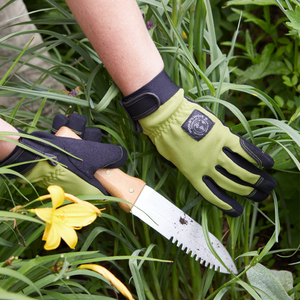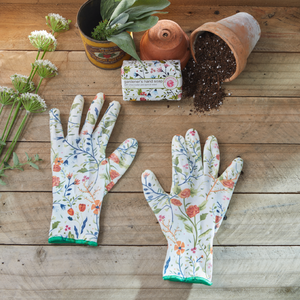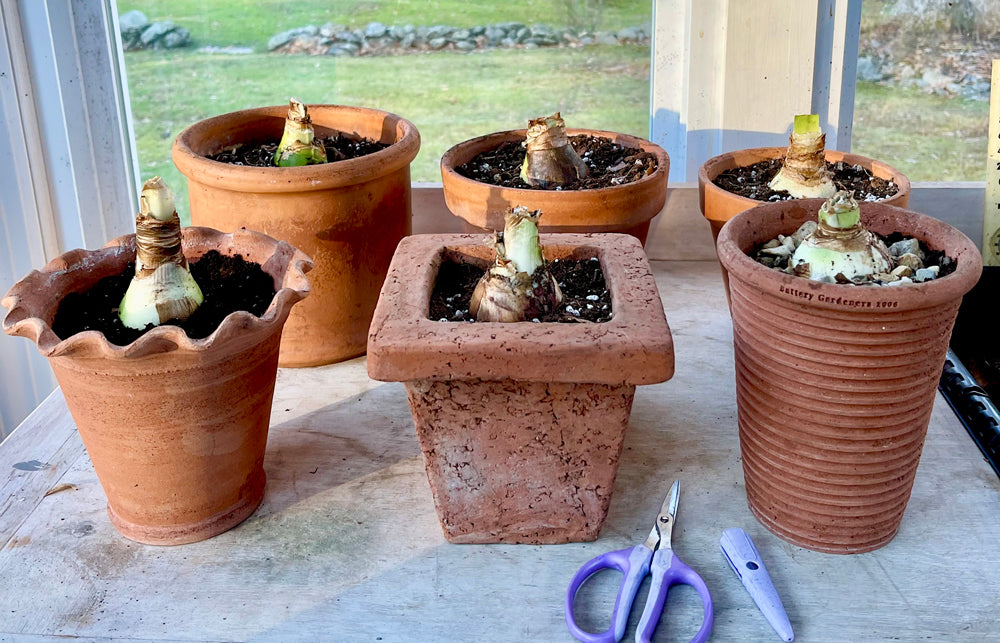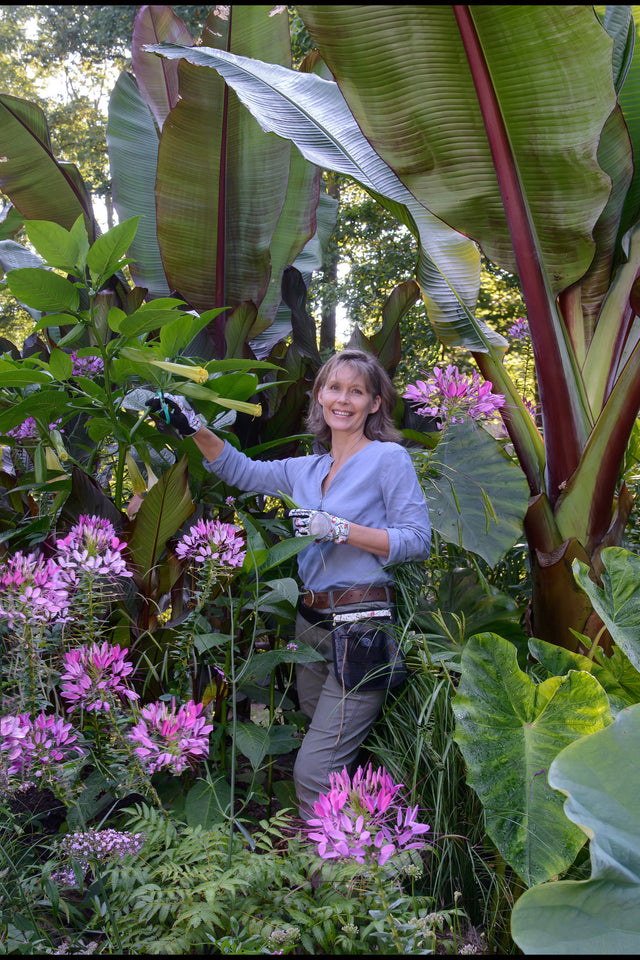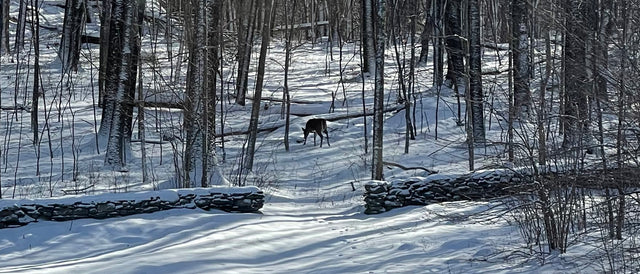Last year I confided in my readers that several of my Amaryllis bulbs from the previous year did not rebloom as I had expected. So I followed Ruth Clausen's advice more closely and am giving it another try this year.
Here are Ruth's instructions, and what I did wrong (at the end):
After the blooms finish, cut off the dead flowers to stop the plants from using energy to produce seed. Cut the stalk as well. Leave the leaves intact and keep the plant under the same growing conditions as before until it warms up outdoors.
In the summer put the pot out of doors in a lightly shaded place for some R & R. Be alert for slugs that hide underneath the pot. Water regularly and fertilize lightly through summer. As fall arrives, bring the plant indoors and begin to withhold water slowly. The leaves will gradually dry out and shrivel.
Keep the soil dry or very barely damp until you notice a small green leaf starting to grow, and then water as usual, adding some fertilizer. Bring them out into the light and warmth of your home, but do not put them in direct sun. Within a few weeks you'll notice a new flower bud emerging between the leaves.
If you decide to repot the bulbs, as I did this year, put in fresh potting mix and snip off the roots growing out of the bottom of the bulb before settling the bulb into its new home. I put stones in the bottom of my pots to increase drainage. Leave 1/2 of the bulb above the soil level to prevent any chance of rotting. Water and fertilize lightly.
Follow these same instructions if you are starting fresh with a newly purchased Amaryllis bulb. A newly purchased bulb has been properly conditioned to bloom by the grower and will not disappoint-- but where's the challenge in that?
My mistake last year: When it came time to put my Amaryllis pots outdoors in the spring after the last frost, I put them on a screened-in porch with little to no light, and left them there for the summer. I brought them indoors when the weather got cooler, but when I went to repot them in the late fall the bulbs had shriveled and did not seem robust. Sure enough, the bulbs produced lots of foliage but no blooms, except one or two of them. Ruth explained that by keeping them in dark shade all summer I prevented photosynthesis from doing its job and that the bulbs had no opportunity to build up the strength they needed in order to produce blooms. She said they would bloom this year with the proper care, and in fact the bulbs are much bigger and more solid this year having been outdoors in a lightly shaded area for the summer. We'll see if it works!
Let us know in Comments what experiences you've had getting your Amaryllis bulbs to rebloom. What works? What doesn't work?
Click here to follow us on Instagram.
